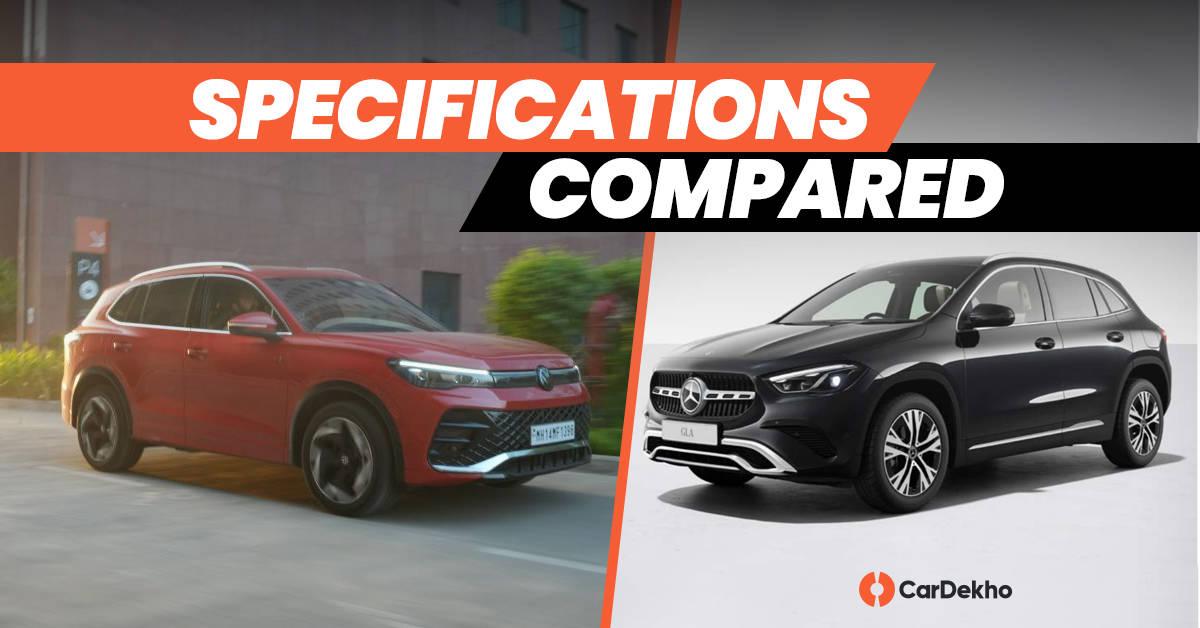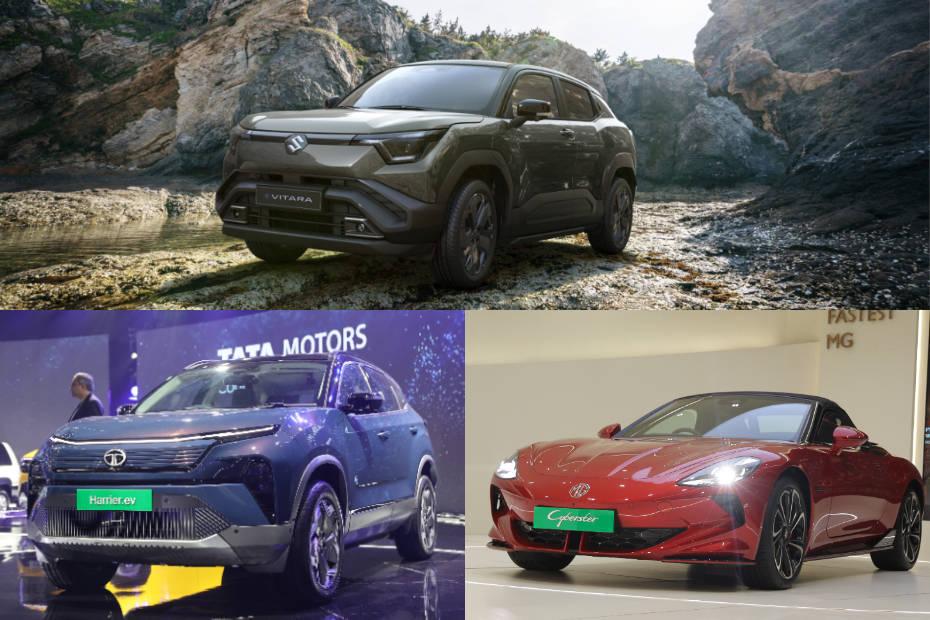EXCLUSIVE: Mercedes-Benz to launch the GLA during festive season
Modified On Jan 20, 2014 12:18 PM By Rahul
- Write a comment
Mercedes-Benz has announced it will launch 10 new products in India this year and it has already brought in its flagship model, the new S-Class in the first week of 2014. The other nine products include mostly AMG, however the biggest launch of the year for the German manufacturer will be the GLA, which will be the compact SUV. The CLA is likely to get pushed to 2015 as Mercedes-Benz might focus more on the GLA than the CLA.

The GLA is slated to be launched during the festive season around September-October and this will be the new volume seller for Mercedes-Benz. The X1 and the Q3 were the game changers for BMW and Audi as they increased the volumes for both of them. The GLA is believed to do the same for Mercedes-Benz too. This is one reason, why the company is focusing on introducing the GLA and the CLA launch might just get pushed.

The GLA will come with a petrol and diesel engine option. The petrol will be a 1.6-litre turbo petrol that will produce between 122-156bhp of power. The diesel will be a 2.2-litre that will churn between 109bhp to 136bhp. We aren’t sure of which all engines will be available, but mostly the 4MATIC (all-wheel drive) could be skipped for the Indian market. These engines will come mated to a seven-speed dual-clutch transmission.

Numerous driving assistance systems offer support in the GLA and reduce the driver's workload. Standard-fit features for the SUV include ATTENTION ASSIST drowsiness detection and radar-based COLLISION PREVENTION ASSIST with adaptive Brake Assist, which now helps to protect against collisions from a speed of only 7 km/h.

This feature combines with DISTRONIC PLUS (€1023.40) to become COLLISION PREVENTION ASSIST PLUS. This incorporates an additional function: when a danger of collision persists and the driver fails to respond, the system is able to carry out autonomous braking at speeds of up to 200 km/h, thereby reducing the severity of collisions with slower or stopping vehicles. The system also brakes in response to stationary vehicles at a speed of up to 30 km/h, and is able to prevent rear-end collisions at speeds of up to 20 km/h.


















